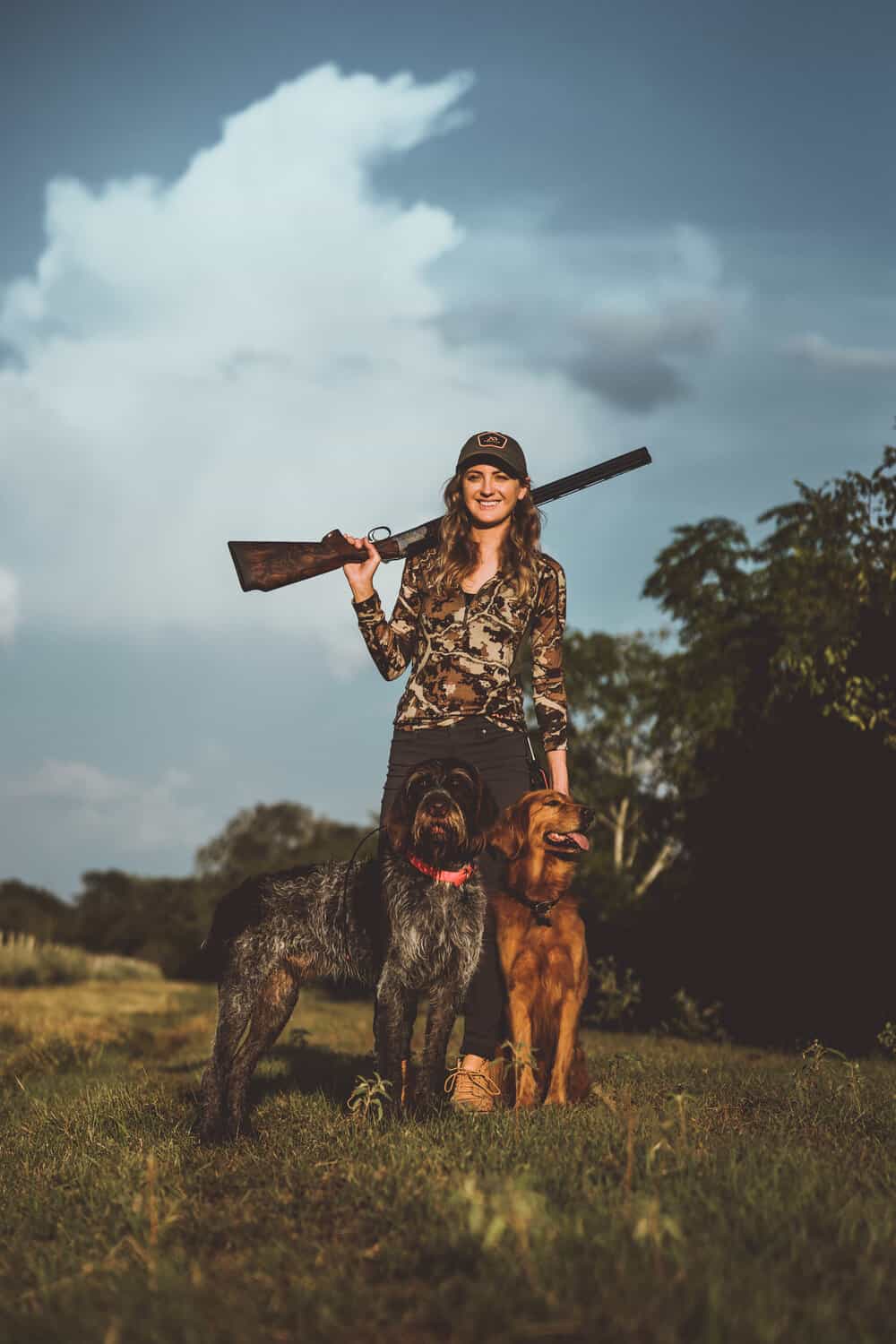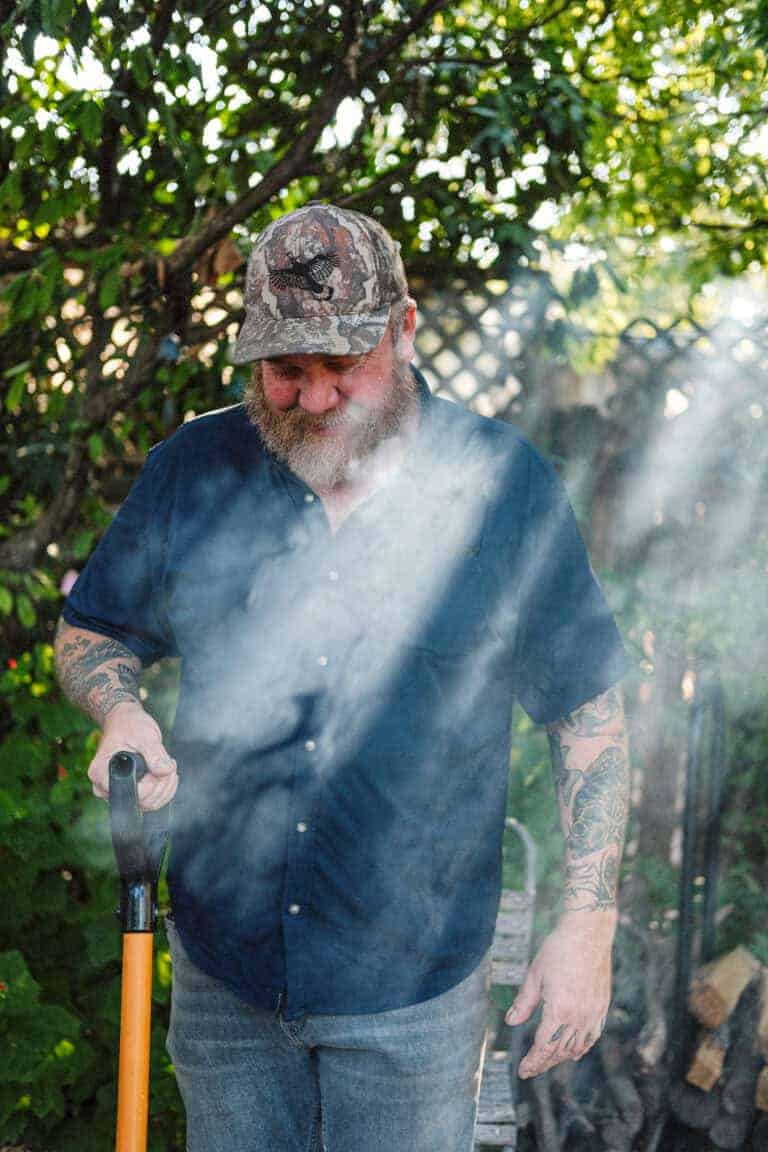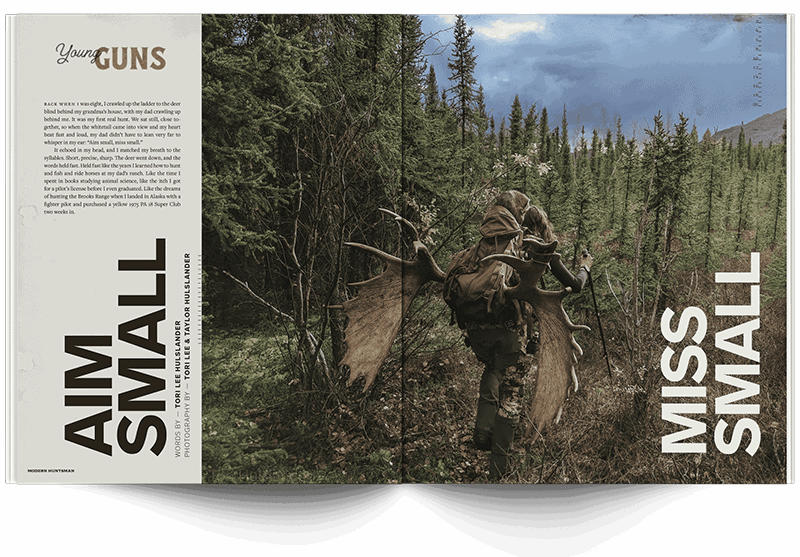TYLER SHARP: Tell us a bit about yourself, your background, and how you discovered a love for cooking.
DANIELLE PREWETT: I have the best job in the world: I hunt wild places in search of wild foods. Using these ingredients, I develop and share recipes for one of the top media companies in the outdoors industry, MeatEater, Inc. However, if you had told me this is what I would be doing for a living 15 years ago, I would never have believed it.
Hunting and cooking wild game was not part of my original plan for my life. After earning my degree in apparel design and manufacturing, I aspired to build a career along that trajectory. I quickly learned that I despised many aspects of the fashion industry, and working in it left me feeling empty. During this time, I was living a very unhealthy lifestyle. My health issues led to dietary restrictions, which forced me to learn how to cook with real food and not the processed junk I had been surviving on. I began to experiment in the kitchen and noticed a drastic improvement in my physical and mental health. I discovered that food isn’t just calories, it’s information, and the quality of what I consume matters. It didn’t take long for me to fall in love with the process of creating a beautiful dish. I started working at a well-known kitchen retail store that offered hands-on cooking classes. There, I learned foundational cooking techniques, but aside from that, I primarily taught myself.
TS: At what point did you shift toward a focus on sourcing wild game for your recipes? Were you always a hunter? Tell us a bit more about that journey.
DP: My father grew up hunting on a farm in South Dakota. He raised our






